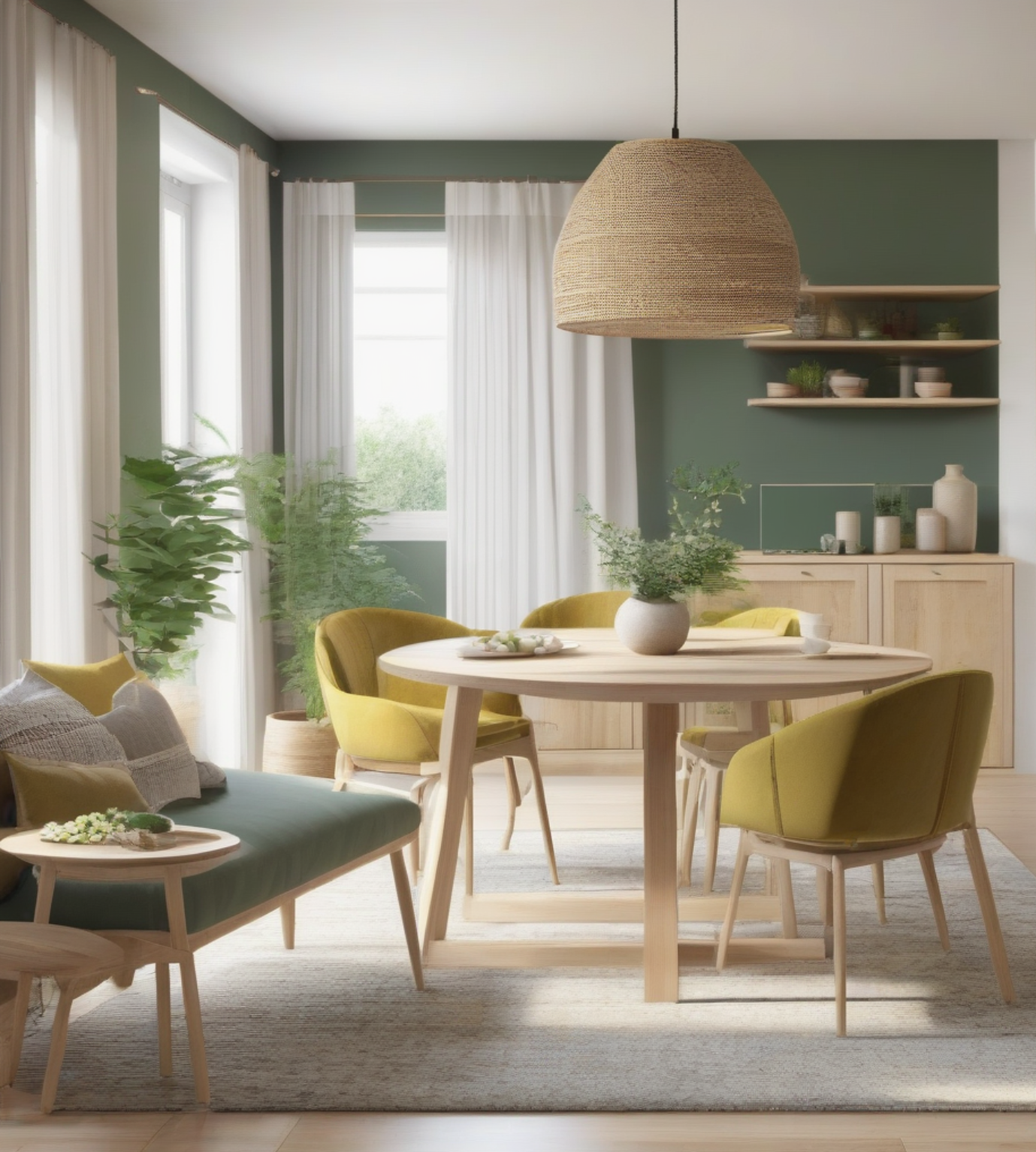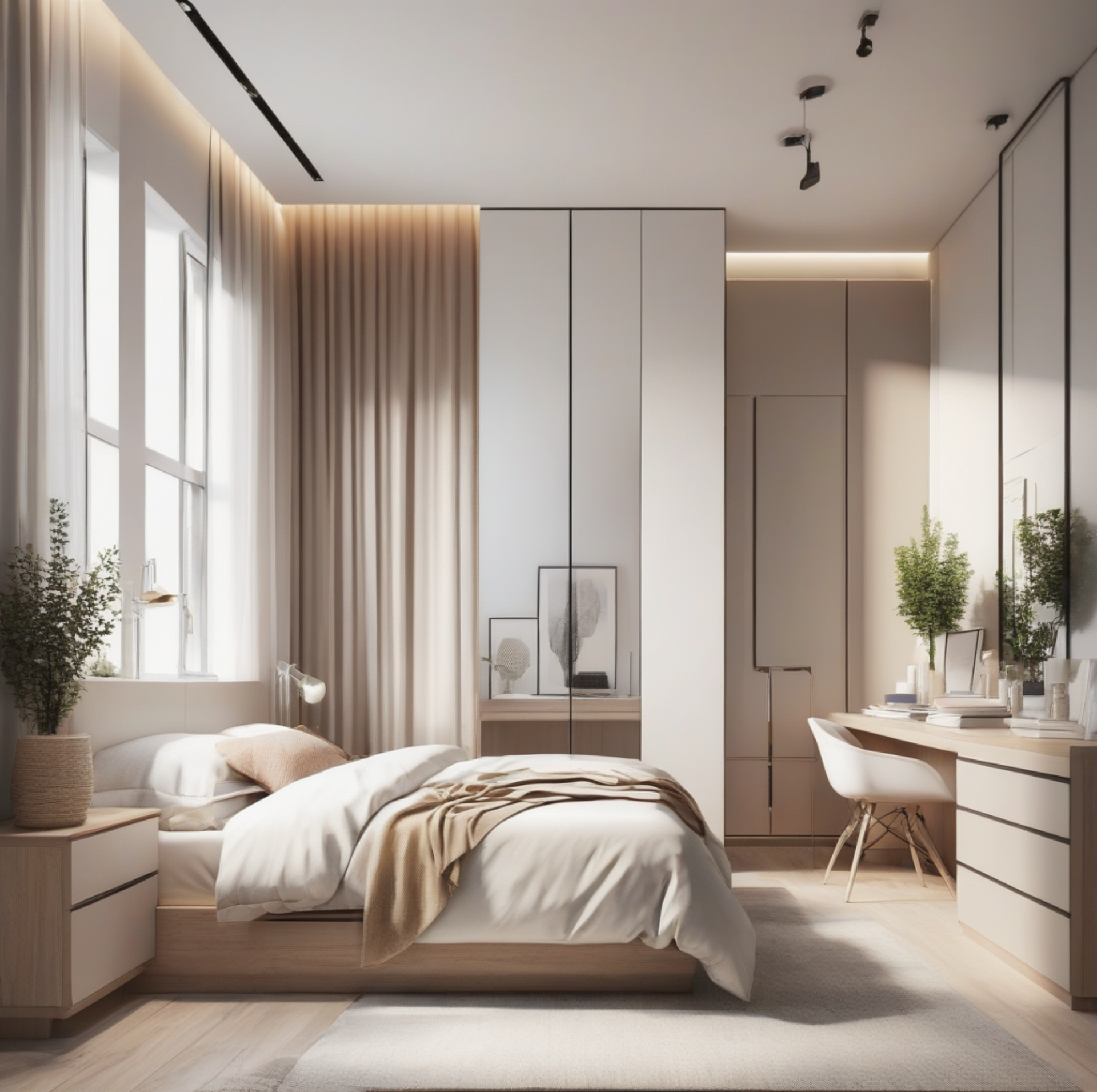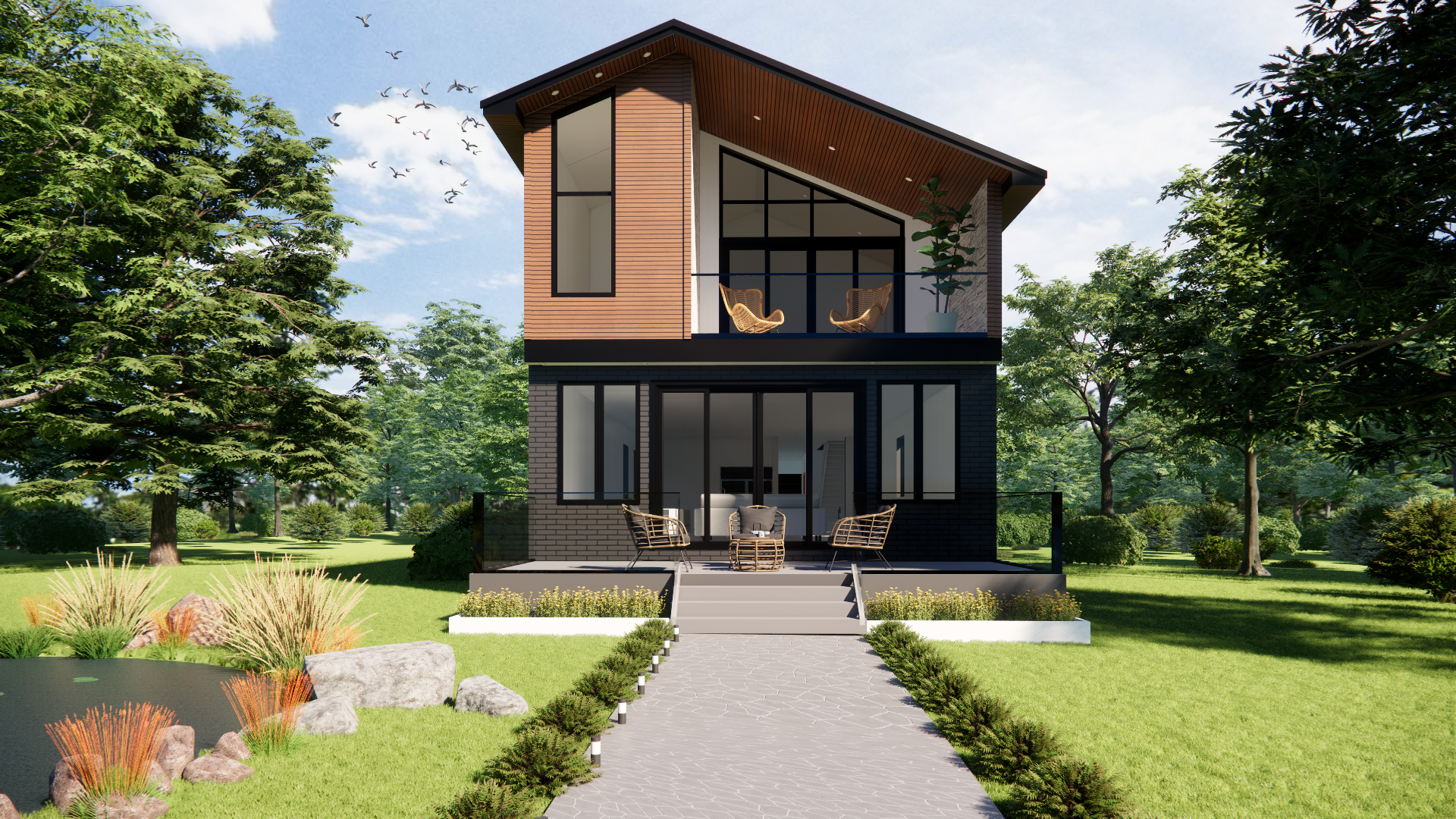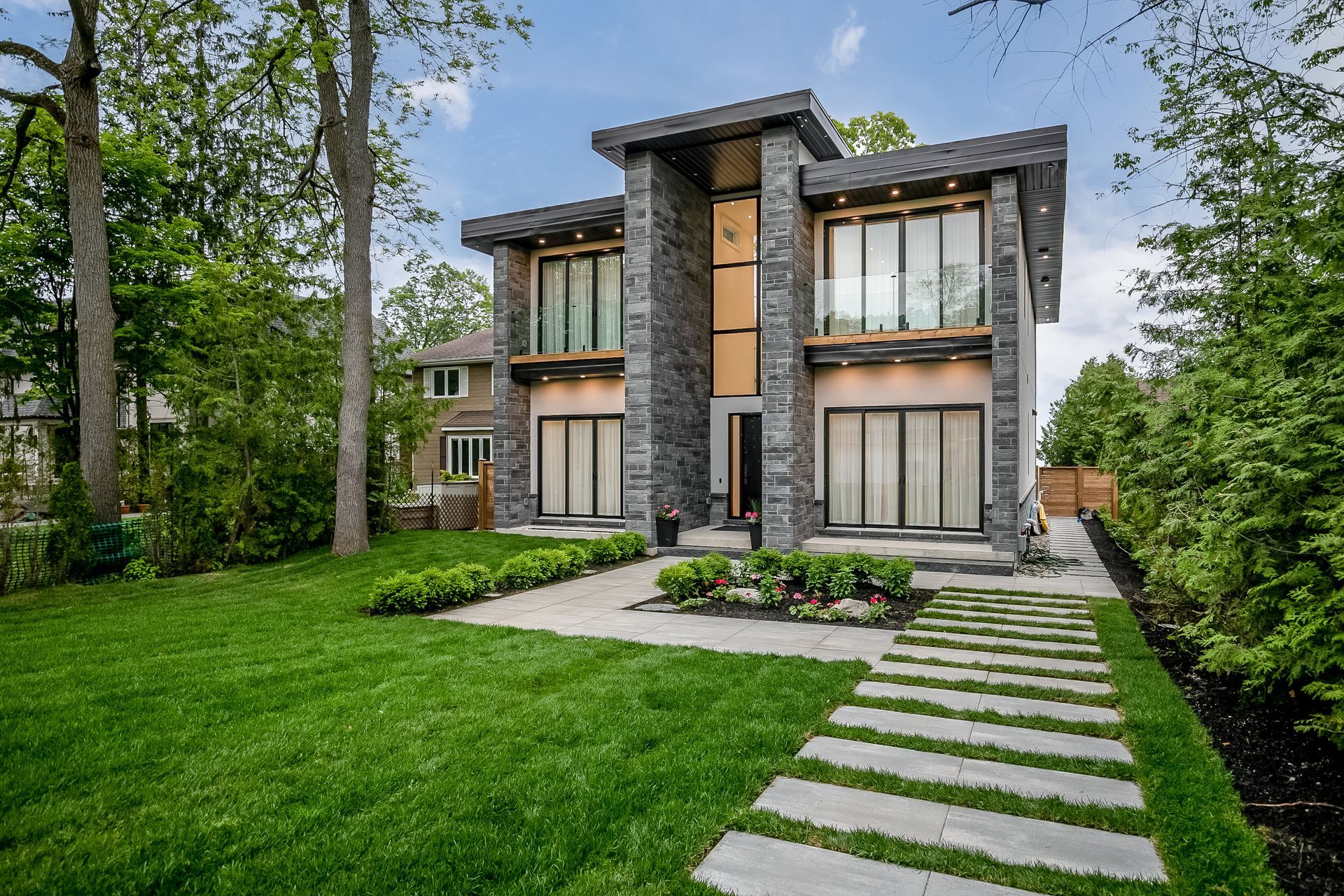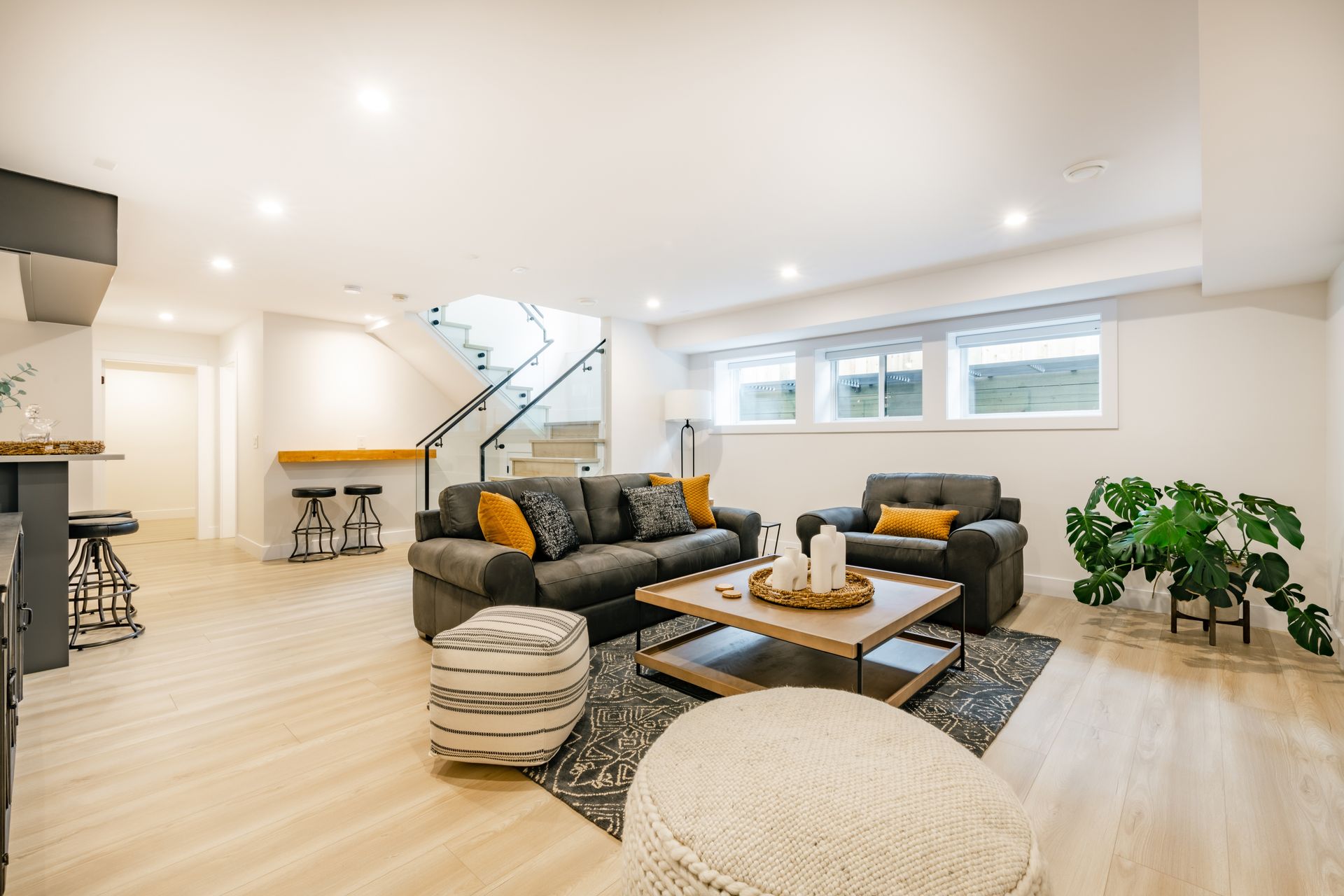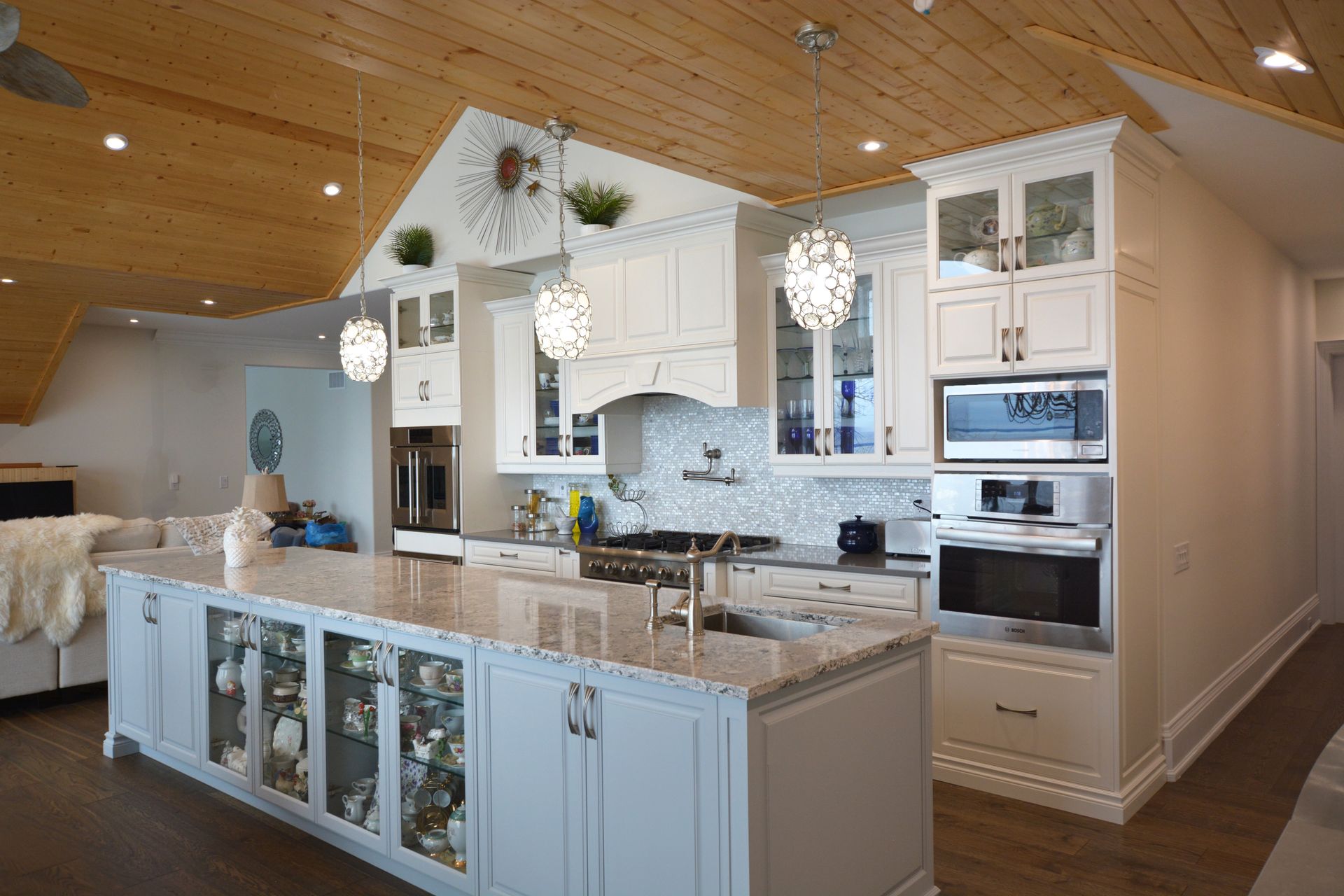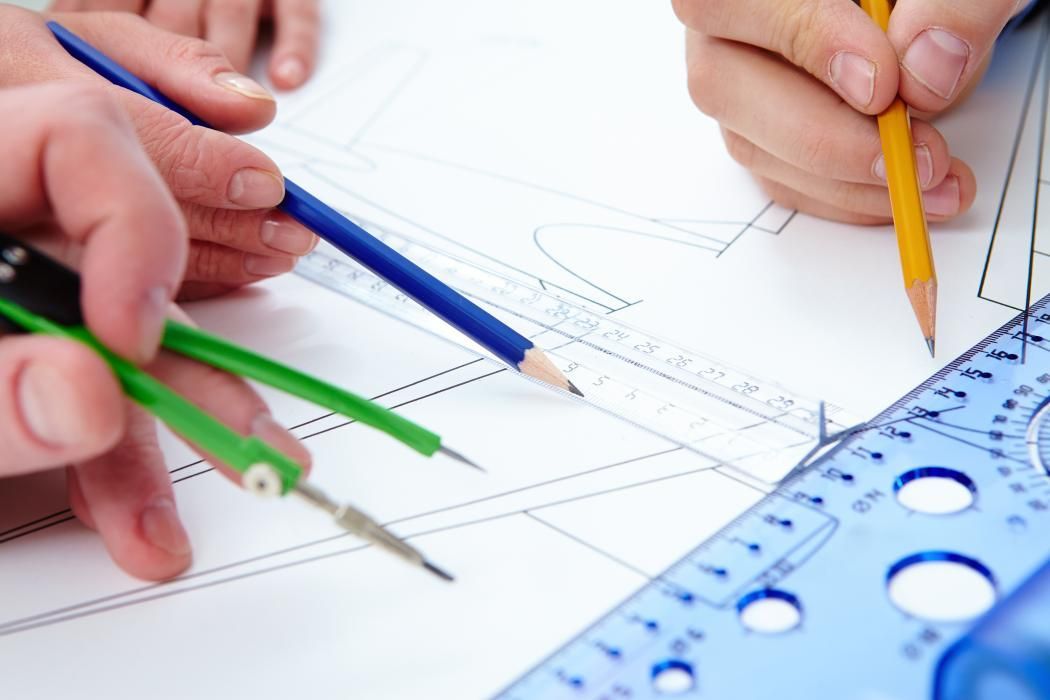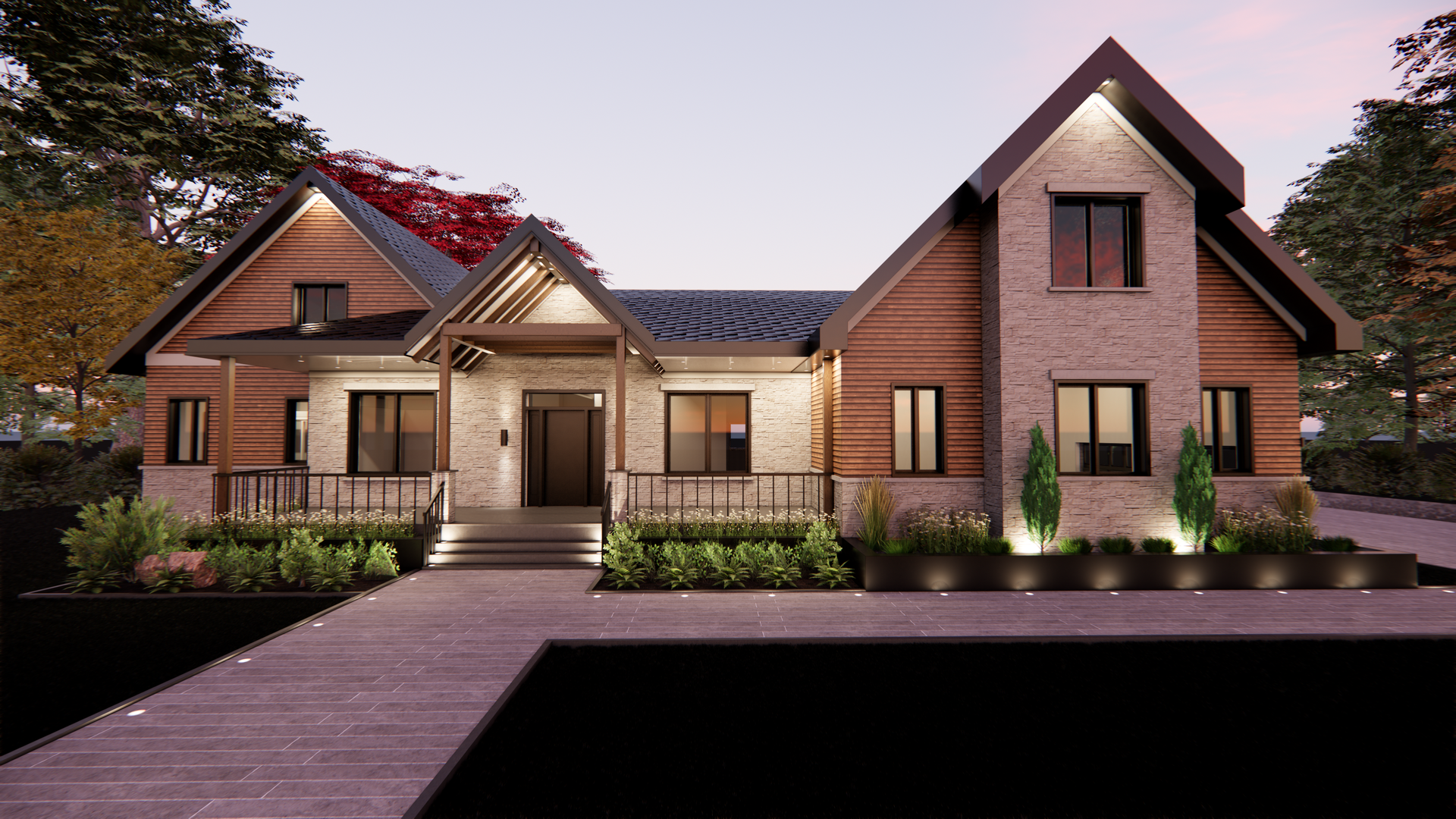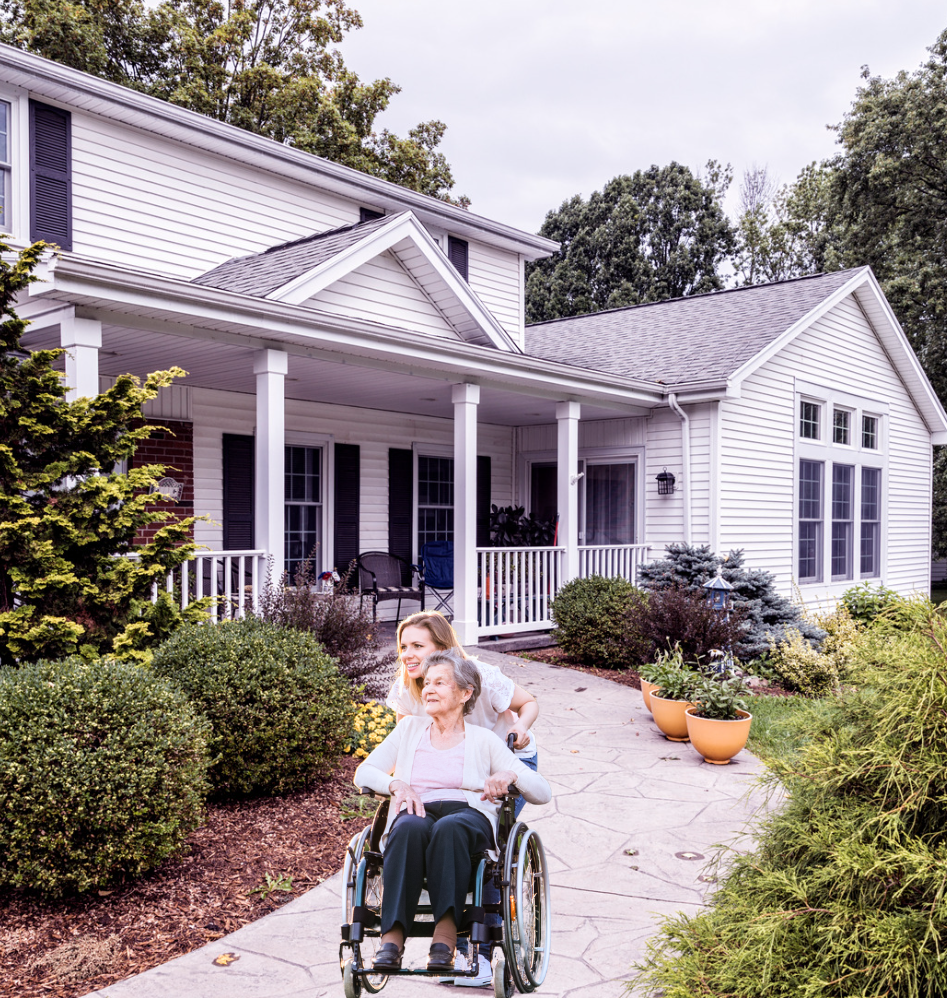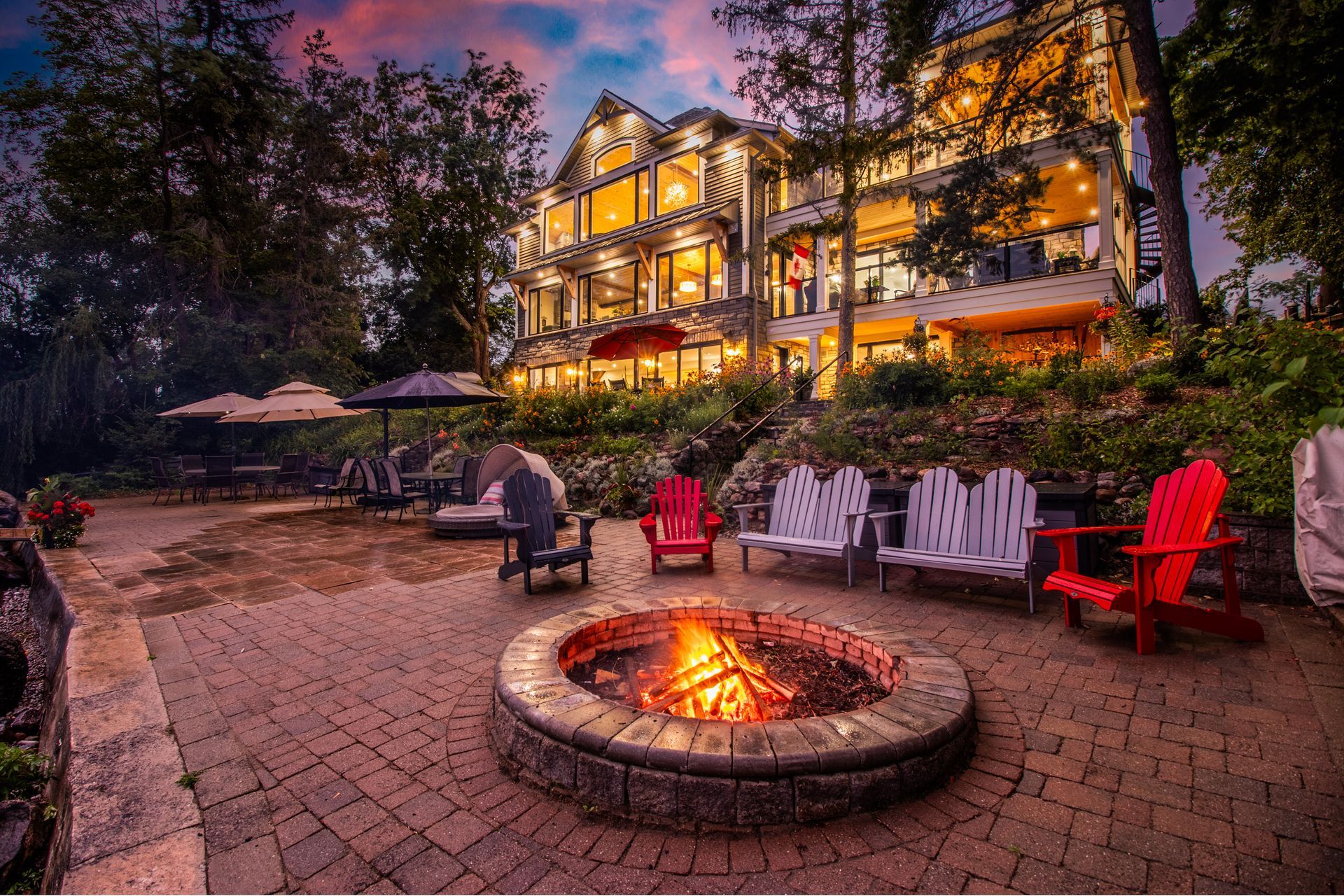Design Improvements to Help Sell Your Home
Simple and Budget-Friendly Tips to Make Your Home Irresistible to Buyers
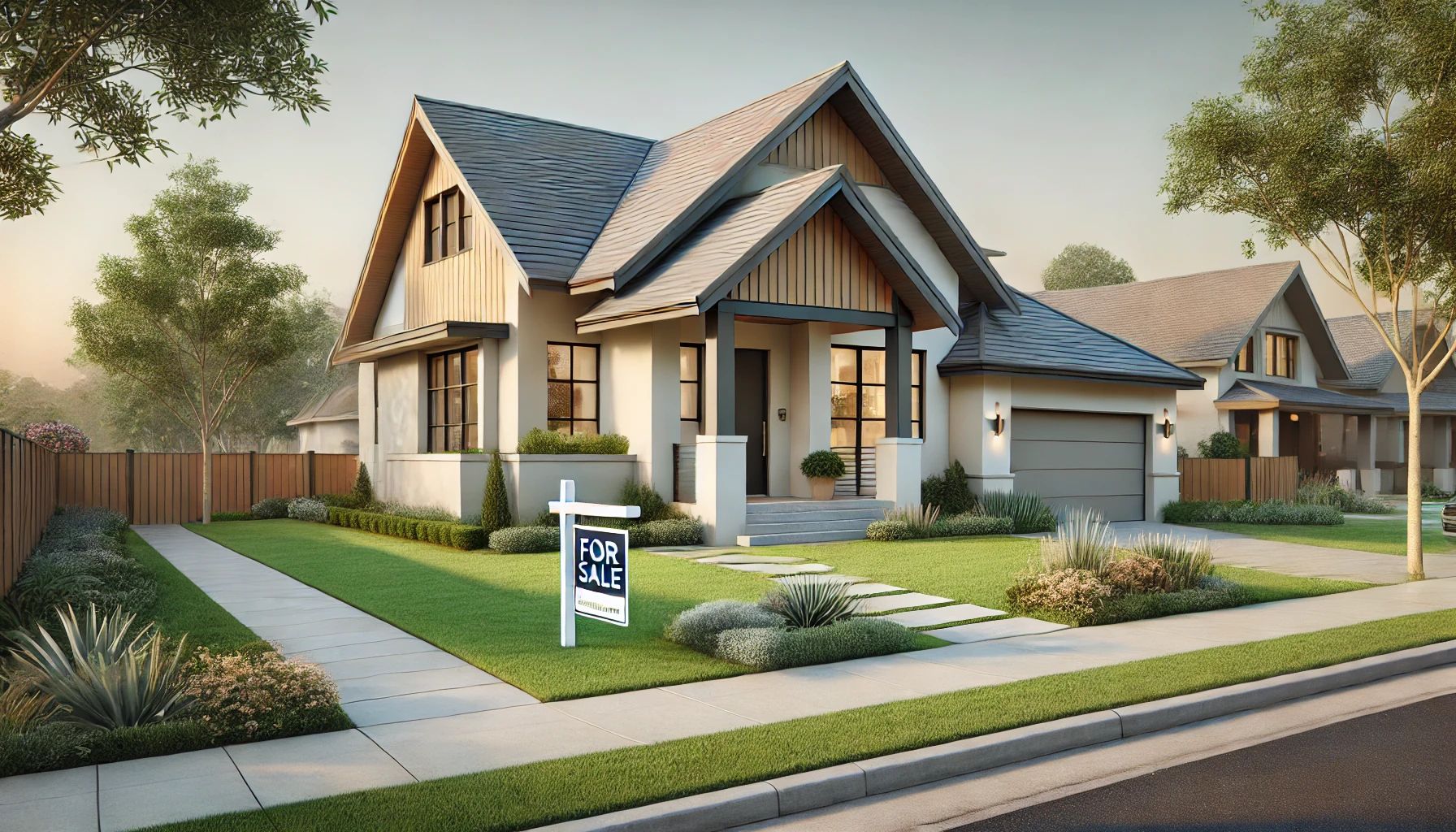
When selling your home, first impressions matter. Potential buyers often decide within moments of stepping inside whether your property could be their future home. Simple design improvements can significantly increase your home's appeal and help it sell faster, often at a higher price. Here are some key areas to focus on:
1. Enhance Curb Appeal
The exterior of your home is the first thing buyers see, so make it count. A well-maintained exterior suggests the interior is just as inviting.
- Repaint the front door with a fresh, inviting color.
- Install new house numbers and an updated mailbox.
- Add potted plants or seasonal flowers near the entrance.
- Keep the lawn mowed and landscaping tidy.
- Power wash the driveway, walkways, and siding for a fresh look.
On a Budget:
- Clean the front door and polish the hardware instead of repainting.
- Use inexpensive mulch to freshen up flower beds.
- Borrow or repurpose potted plants from other areas of your property.
- Trim bushes and trees yourself rather than hiring a landscaper.
2. Declutter and Depersonalize
Buyers need to envision themselves in your home, which can be difficult if the space is overcrowded or highly personalized.
- Remove family photos, memorabilia, and personal collections.
- Declutter countertops, shelves, and closets to create a sense of space.
- Organize storage areas to show off their full potential.
On a Budget:
- Use bins or baskets from discount stores to organize clutter.
- Temporarily store personal items in a friend’s garage or a storage unit.
- Rearrange existing furniture to improve flow and create an open feel.
3. Apply a Fresh Coat of Paint
A fresh coat of paint is one of the most cost-effective ways to update your home.
- Opt for neutral colors like soft whites, grays, or beiges to appeal to a wider audience.
- Touch up scuffed walls, doors, and baseboards.
On a Budget:
- Focus on high-traffic areas and touch up only where necessary.
- Use leftover paint from previous projects for small areas.
4. Upgrade Lighting
Bright, well-lit spaces feel larger and more inviting.
- Replace outdated light fixtures with modern options.
- Add additional lighting in darker areas, such as floor lamps or wall sconces.
- Use warm, energy-efficient LED bulbs.
- Clean windows and open curtains to let in natural light.
On a Budget:
- Swap out old light bulbs for brighter, energy-efficient ones.
- Deep clean existing fixtures to make them look like new.
- Rearrange lamps from other rooms to brighten dim areas.
5. Modernize the Kitchen
The kitchen is one of the most important rooms for buyers. Even small updates can make a big impact.
- Replace old cabinet hardware with modern handles or knobs.
- Consider painting cabinets if they're outdated but structurally sound.
- Upgrade to a stylish faucet and sink.
- Add a backsplash for a contemporary touch.
- Ensure all appliances are clean and in good working order.
On a Budget:
- Deep clean cabinets and appliances for a fresh look.
- Use peel-and-stick backsplash tiles for an affordable update.
- Replace only the most visible hardware for a budget-friendly improvement.
6. Refresh Bathrooms
Clean and updated bathrooms are key selling points.
- Replace old fixtures like faucets, showerheads, and towel bars.
- Re-grout tiles and clean or replace caulk around tubs and showers.
- Add new towels, a decorative mirror, and fresh soap dispensers.
- Install a new toilet seat for a quick, inexpensive refresh.
On a Budget:
- Use a grout pen to freshen up tile grout.
- Purchase budget-friendly accessories like shower curtains and bath mats.
- Clean fixtures thoroughly instead of replacing them.
7. Focus on Flooring
Floors are one of the first things buyers notice, so ensure they’re in great condition.
- Refinish hardwood floors to make them look brand new.
- Replace worn or outdated carpeting with neutral options.
- Add area rugs to highlight spaces and protect flooring.
- Repair or replace damaged tiles.
On a Budget:
- Use area rugs to cover imperfections in flooring.
- Deep clean carpets instead of replacing them.
- Apply a wood floor polish to refresh hardwood surfaces.
8. Stage Key Rooms
Staging helps buyers see the potential of each space.
- Arrange furniture to highlight the functionality and flow of each room.
- Add decorative pillows, throws, and neutral artwork.
- Set the dining table with simple, elegant place settings.
- Create a cozy atmosphere in the living room with soft lighting and a few well-placed accessories.
On a Budget:
- Use your existing furniture and rearrange it to optimize space.
- Borrow decorative items from friends or family to enhance key areas.
- DIY simple decor items like table centerpieces.
Remember, making design improvements doesn’t have to break the bank. Focus on high-impact changes that enhance the home’s overall appeal and create a lasting impression on buyers. By investing a little time and effort, you can increase your chances of a faster sale and potentially higher offers.
Blog
